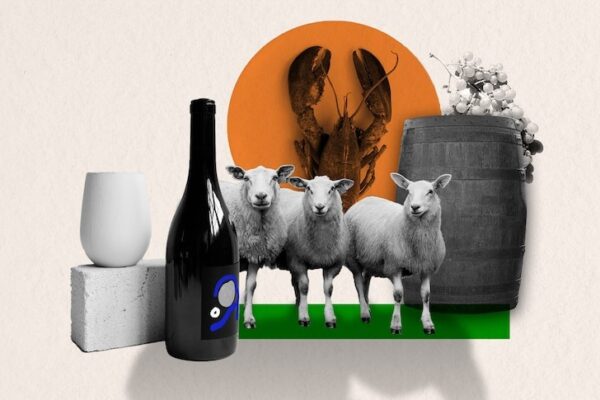In February we reported on Australia’s imminent Free Trade Agreement with India. Today, the major story is that Prime Minister Scott Morrison and Indian Prime Minister Narendra Modi will witness the signing of the Australia-India Economic Cooperation and Trade Agreement today, Saturday 02 April 2022. The two PMs will be watching via video as Trade Minister Dan Tehan and India’s Commerce Minister Piyush Goyal sign it virtually.
[Credit for the image above: ABC News: Emma Machan]
It is not the final free trade deal, with both countries committed to signing a Comprehensive Economic Partnership Agreement in the future. The “early harvest” agreement is much wider than originally flagged and will be notified to the World Trade Organization, indicating it has the legal status of a full free trade deal.
India will quickly cut tariffs on Australian lamb, wool, coal, lentils, rock lobsters and rare earths as part of the deal, while it may take up to a decade to scale back imposts on a range of other products.
Tariffs will be eliminated on more than 85% of Australia’s export goods to India and that will rise to almost 91% over 10 years.
But while the deal is broader than expected, it still does not offer the same depth of market access provided by Australia’s other free trade agreements. That’s because India remains a more protectionist country than many of Australia’s other major trading partners.
Some Australian producers will only see limited or gradual gains, while other major Australian agricultural exports – including dairy, chickpeas and beef – have been entirely excluded from the interim agreement due to domestic political opposition in India.
Russia and Belarus
The FTA comes in spite of Australia being uneasy about India’s relationship Russia, on whom it depends for its supply of weapons. Two days ago, the Australian government announced it would impose a 35% tariff on all imports from Russia and Belarus as it ramps up economic sanctions in response to Vladimir Putin’s invasion of Ukraine. The latest round of sanctions will come into effect on 25 April, the same day the ban on Russian oil and other energy imports begins. The tariff will be in addition to the normal general duty rates on imports.
Australia-UAE CEPA Developments
The Department of Foreign Affairs and Trade (DFAT) has announced ongoing developments in relation to potential trade negotiations with the United Arab Emirates (UAE) and the Gulf Cooperation Council (GCC). On 17 March 2022, Minister for Trade, Tourism and Investment, Dan Tehan and HE Dr Thani bin Ahmed Al Zeyoudi Minister of State for Foreign Trade issued a joint statement announcing Australia and the UAE’s intention to pursue a Comprehensive Economic Partnership Agreement (CEPA).
The UAE CEPA, a bilateral free trade agreement (FTA), would be a first for Australia in the Middle East and be an important building block to a subsequent potential FTA with the wider GCC. Australia and the GCC countries (Bahrain, Kuwait, Oman, Qatar, Saudi Arabia, and the UAE) share a significant economic relationship, encompassing trade and investment across a broad range of goods and services.
The Forum Islands
The Pacific Agreement on Closer Economic Relations Plus (PACER Plus) is a development-centred free trade agreement between the Forum Island Countries and Australia and New Zealand. PACER Plus will enter into force for Tuvalu on 03 April 2022, leaving only Nauru and Vanuatu yet to formalise the agreement.
For more information about international trade and shipping, contact us here at Colless Young. As licensed Customs Brokers and International Freight Forwarders, we handle all your transport needs. We are based in Brisbane and offer a complete range of logistics services, for both airfreight and sea cargo, import and export – including fumigation, warehousing and trucking – through all Australian ports and airports.

